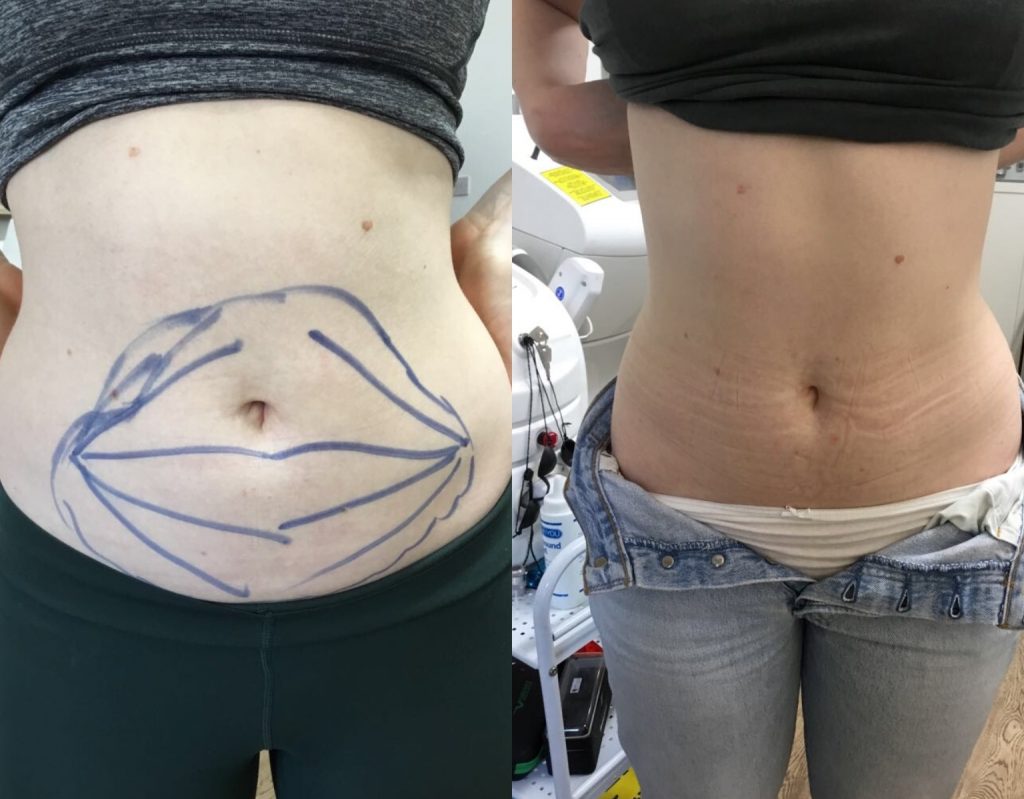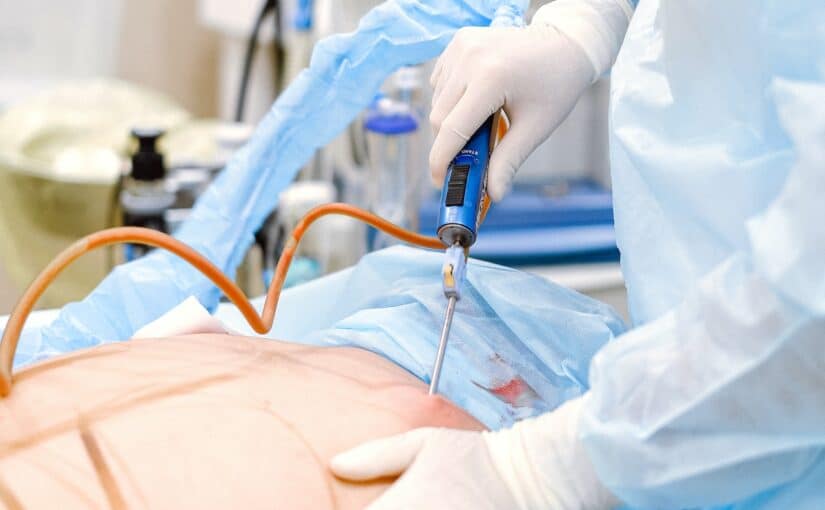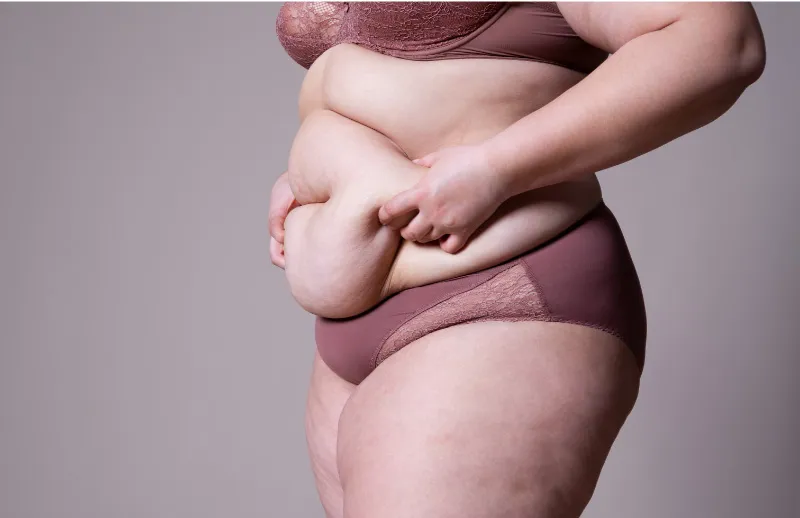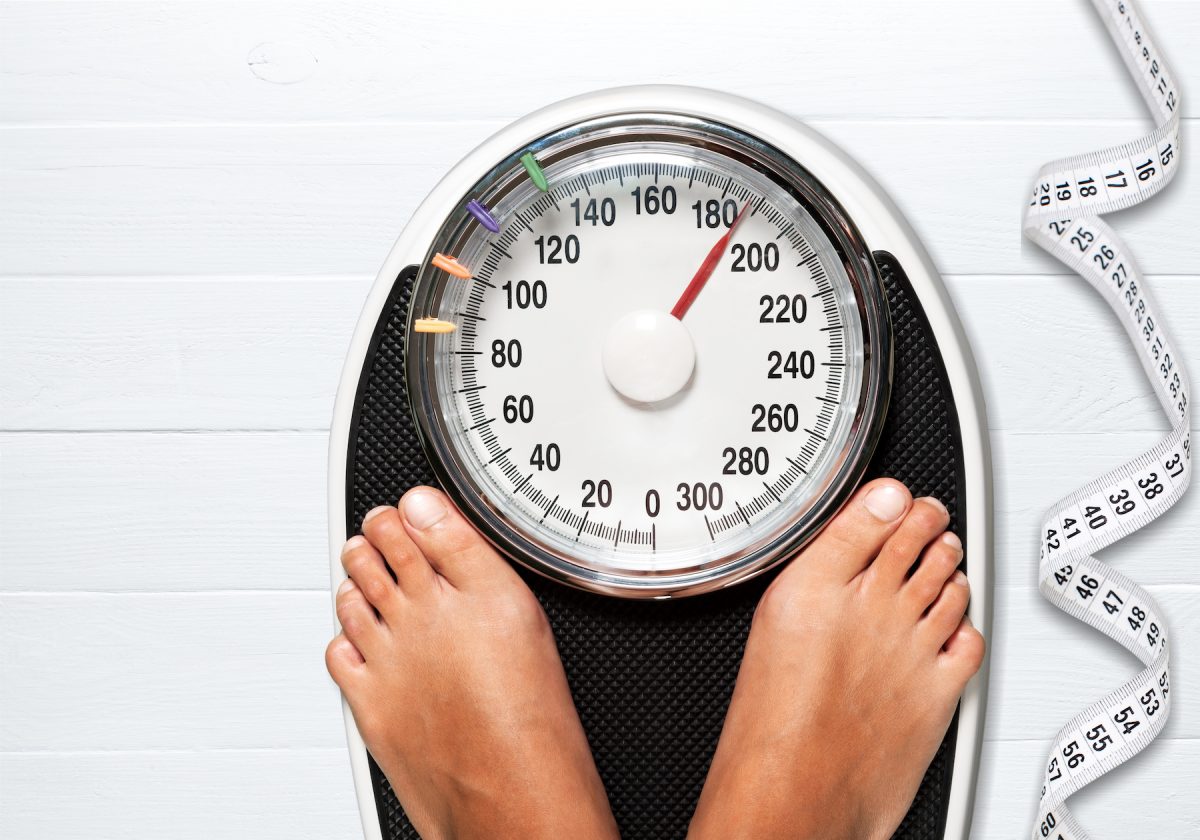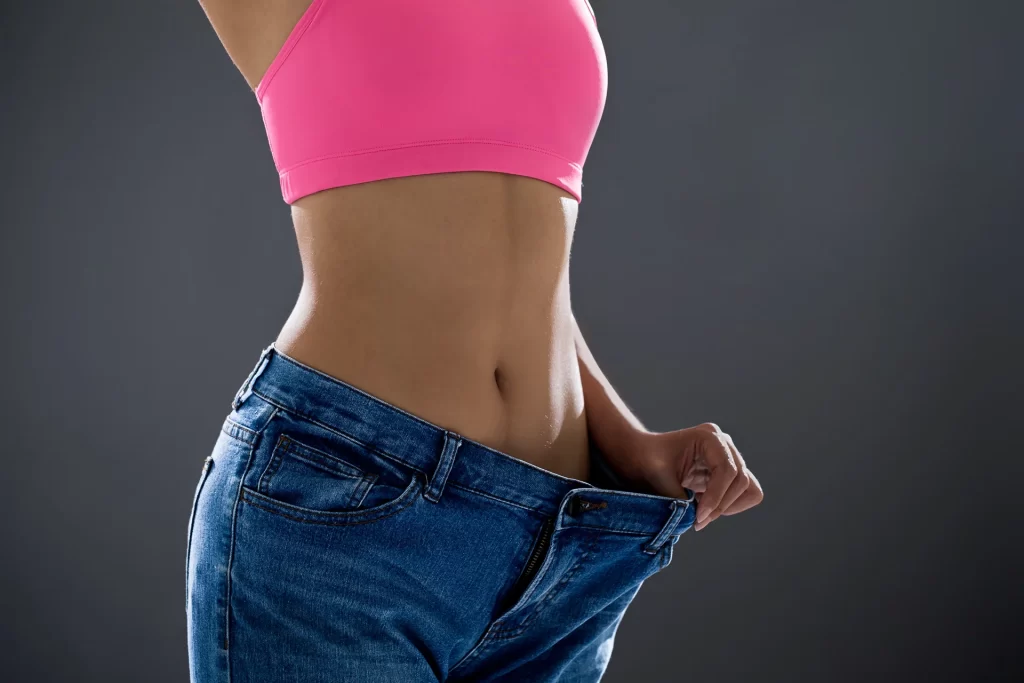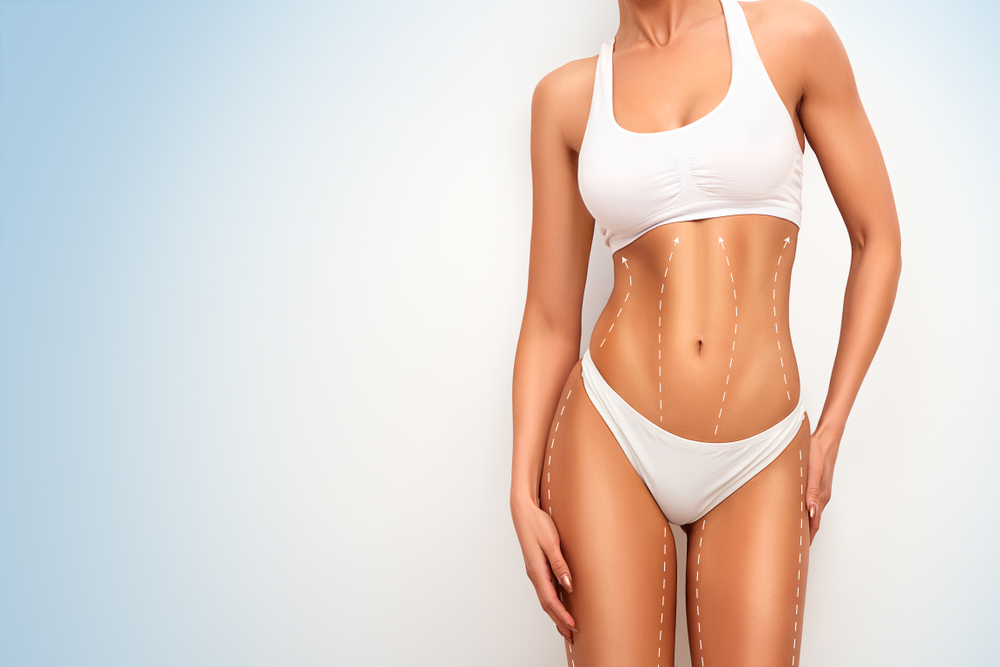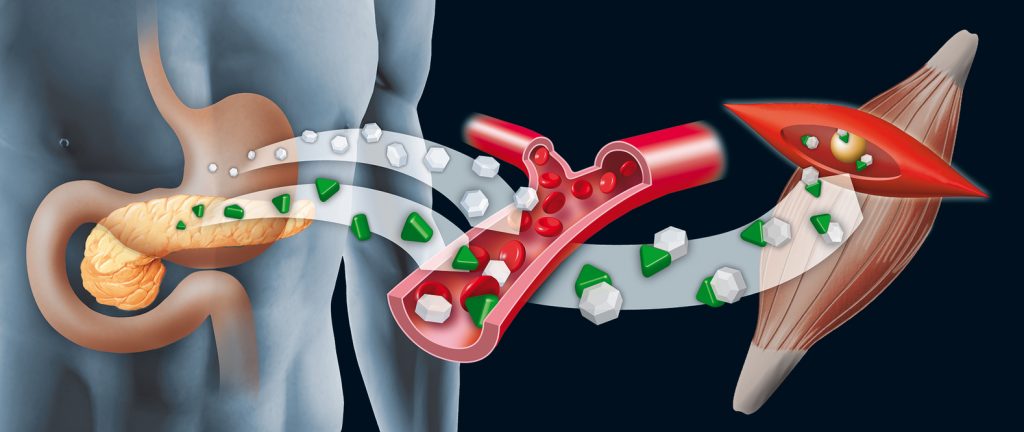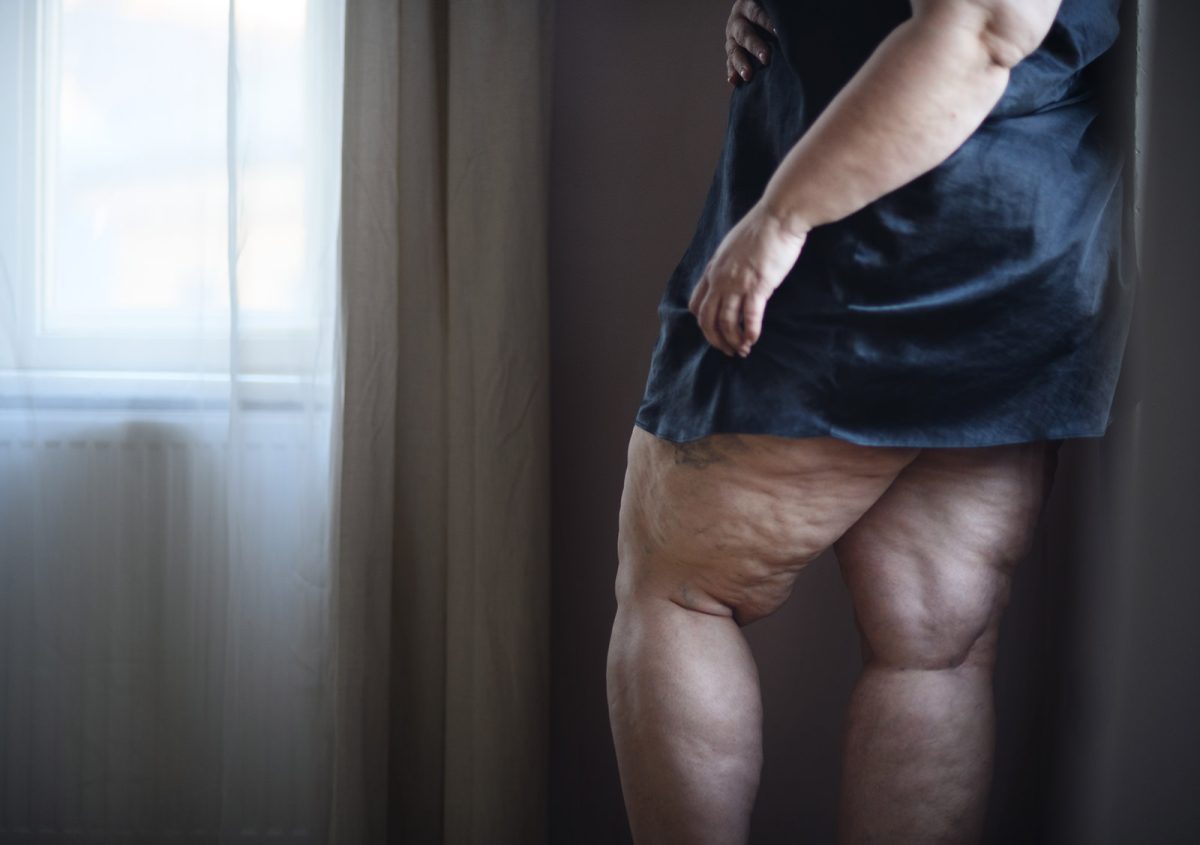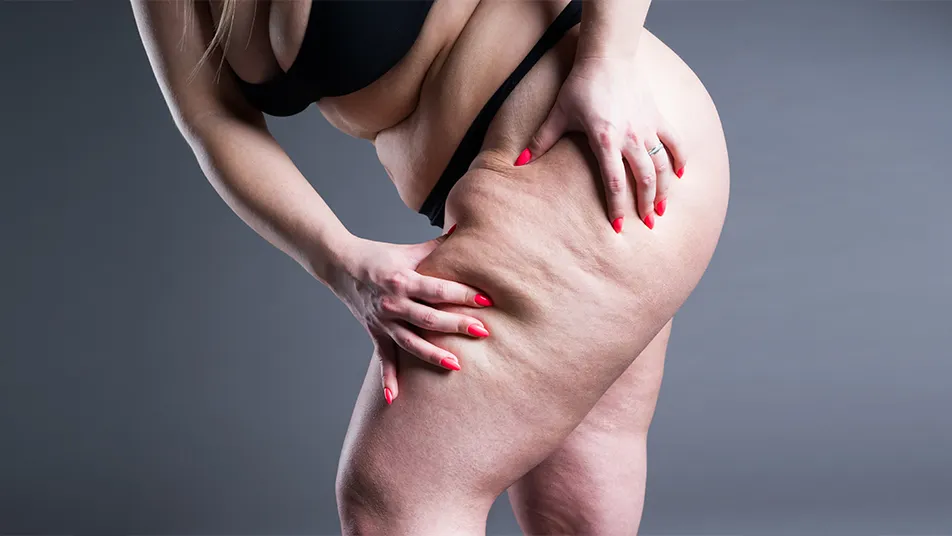Key Takeaways
-
The Brazilian Butt Lift (BBL) is a popular procedure. It’s important to also think about the psychological factors that come with it.
-
People who get BBL may experience shifts in self-esteem and body image, which can affect mental health for better or worse.
-
Engaging in mental health awareness before and after procedures like BBL is essential for holistic well-being.
-
The long-term psychological consequences of BBL vary from person to person. Continued access to mental health support and realistic expectations are important.
-
Patients should have thorough conversations with mental health professionals to better understand the emotional journey of BBL. He said.
-
This way, you’ll be fully prepared for the psychological effects and can decide whether a Brazilian Butt Lift is right for you.
So dive into the psychological side of the Brazilian Butt Lift (BBL). I delve into how this surgery impacts emotions and mental health.
Many seek BBLs for confidence, but what’s the mind’s journey?
It is important to prioritize mental health and offer support for people considering or recovering from BBL. I get into the self-image, self-esteem, and well-being transformations one experiences after surgery. Knowing about these effects can help make better decisions. I want to help people be aware of the scars that BBL can leave.
Now, let’s talk about the role the mind plays in this body transfiguration.
Discover how these changes impact life beyond looks, impacting much more than just appearance.
Understanding Brazilian Butt Lift
What Is a Brazilian Butt Lift
A Brazilian Butt Lift, or BBL, is a cosmetic procedure that increases the size and shape of the butt. It accomplishes this by moving fat from other body parts.
The process begins with harvesting fat. Surgeons gently lift fat from areas such as the abdomen, thighs, or lower back using liposuction. This fat is then purified and carefully grafted into the buttocks to give it a fuller, more contoured look.
Because BBLs use the patient’s own fat, they provide a more natural look and feel. Unlike traditional butt lifts that rely on implants, BBLs enhance your body with your own tissue. This distinction is important, as it minimizes rejection risk and complications associated with foreign materials.
Recovery from a BBL is a huge part of the journey.
Patients tend to swell after the procedure. To ensure fat stays where it’s supposed to, they should avoid sitting right on their butt for a few weeks.
Full recovery typically occurs in two to three months, so patients can begin to enjoy their enlarged shape.
Popularity and Cultural Influence
Brazilian Butt Lifts have become wildly popular. This trend is fueled by social media platforms that display the gorgeous before-and-after transformations.
The Kardashian-Jenner family has been instrumental in normalizing and popularizing this procedure, changing the perception of beauty worldwide.
Their reach helped make curvier silhouettes a hot trend. This reflects the fuller appreciation for body types that has often been honored by many cultures.
In 2020, there was a staggering 19% increase in buttock augmentations from the year before, according to statistics released by the American Society of Plastic Surgeons. This spike is a clear indication of the increasing demand for these upgrades.
That increase is also due in part to the psychological effects BBLs can create—many patients describe feeling much better mentally after the surgery.
It’s important to understand that approximately 10-15% of individuals may have Body Dysmorphic Disorder before going through this transformation. This points to a psychological readiness and need for support in the process.
To give a clearer view of the BBL procedure, here’s a quick table summarizing key facts:
|
Aspect |
Details |
|---|---|
|
Fat Required |
300-500 ccs per side |
|
Minimum Age for Procedure |
18 years |
|
Recovery Time |
2-3 months |
|
Mood Improvement Post-Surgery |
86% of patients reported improvement |
|
BDD Prevalence |
10-15% of patients may have BDD |
Psychological Effects of BBL
Exploring the psychological reasons behind opting for a Brazilian Butt Lift (BBL) unveils a web of motivations.
A number of influencers are behind why so many pursue this popular cosmetic procedure.
Lots of people undergo this procedure to address their insecurities. These feelings are often tied to body dysmorphic disorder (BDD), which distorts how they see themselves.
For many, BBLs provide relief by reshaping perceived flaws and decreasing anxiety.
Yet a new study from the American Society of Plastic Surgeons found that these procedures can lead to an increased risk of experiencing body dysmorphic disorder (BDD) post-surgery.
This underscores the complexity of motivations and the need for a more nuanced understanding of the emotional landscape surrounding BBLs.
1. Impact on Self-Esteem
Successful BBLs can give you a boost in confidence and body image.
When what we expect to happen conforms with what actually occurs, people tend to report more confidence.
Yet, roughly 30% of patients are unhappy with the results after surgery, undermining self-esteem.
Societal perception influences people immensely. Some people feel empowered, while others feel pressure to conform to certain beauty standards.
This duality highlights the complex influences on self-esteem, influenced by both personal aspirations and external evaluations.
2. Changes in Body Image
BBLs can be a total game changer in terms of body image, for better or for worse.
The idea of body positivity is great — but you can’t always live the message when you want surgery.
Even once they’ve made physical changes, a lot of people still struggle with body image. This demonstrates that surgery is not always a panacea for more profound psychological issues.
Social media glamorizes BBLs, adding pressure to many. This pressure can exacerbate feelings of inadequacy — especially for women of color, who have more beauty standards to live up to.
3. Emotional Reactions Post-Surgery
Common emotional reactions after a BBL range from elation to anxiety. Pain and recovery issues can affect your emotional state, so it’s important to manage expectations.
The American Society of Plastic Surgeons points out that for many patients, their surgery comes with reduced anxiety. Still, they go through a whole range of emotions as they get through the recovery process.
Whether this interplay of relief and stress is to be expected from the consultation process depends on the emotional preparedness of the doctor.
4. Influence on Personal Relationships
A BBL can shift personal relationships, changing dynamics in both romantic and social situations.
Increased attention may boost self-esteem for some, while intensifying self-consciousness and pressure.
As partners and friends undergo physical changes, expectations of the relationship often shift too.
This speaks to the need for transparency and empathy in life after surgery.
Importance of Mental Health Awareness
If you are considering cosmetic procedures such as the Brazilian Butt Lift (BBL), prioritize your mental health. The key is always to keep that up front in your decision-making.
Having a mental health evaluation before any procedure allows us to gauge emotional readiness and potential risk factors. If you jump into a BBL and don’t check your mindset, you could be doomed to fail.
It’s like going on a road trip without gas; you’re not going to get anywhere.
The psychological risks associated with BBLs aren’t bumps in the road — they’re potholes.
Some people might struggle with anxiety or depression afterwards, and understanding those emotional barriers is really important.
Around 10-15% of patients have Body Dysmorphic Disorder (BDD). This condition skews their perception of their own bodies.
It’s not simply about desiring to change how you look. You need to know why you want those things, and it’s important to know that.
Self-reflection is essential here since it helps us confirm our motivations are coming from a healthy place.
Recognizing Emotional Challenges
Post-BBL, people often experience emotional challenges such as anxiety and depression. It’s a big shift, and that shift can mess with your head a little bit.
Having knowledge about what potential body image concerns may arise after surgery is similar to having a map. It gives you a road map to that difficult emotional landscape.
Self-reflection is very important. By understanding why you want the procedure, you can keep your feet on the ground and manage your emotions better.
Seeking Professional Support
They’re planning to consult mental health pros before and after surgery as well.
Therapy isn’t just about talking; it’s about addressing body image issues directly, alleviating stress, and achieving peace.
Start having mental health conversations with legit surgeons.
This method also fosters a nurturing environment and allows you to get the care you need for your mind as well as your body.

Building a Support Network
Having a solid support network during recovery is like having a safety net.
Friends, family, or even connecting with others who’ve had similar experiences can share valuable insights.
It’s about feeling understood and having people to talk to about expectations and feelings.
Sharing your journey makes the path smoother and less lonely.
Long-Term Effects on Well-Being
The long-term psychological effects of Brazilian Butt Lifts (BBLs) impact self-image and mental health. It’s especially important to consider these effects as time moves forward.
At first, one may feel a boost of confidence after surgery. However, body-image struggles can linger even when someone gets the look they wanted.
In fact, surveys have found that around 30% of patients say they’re unhappy after surgery. Dissatisfaction often comes from unrealistic expectations established prior to the procedure.
As people compare themselves to evolving beauty standards or an unrealistic version of themselves, their initial feelings of satisfaction rapidly diminish.
Sustaining Positive Self-Image
To maintain a positive self-image after a BBL, embrace self-acceptance and body positivity.
This acknowledges that beauty isn’t permanent and personal value goes beyond appearance.
Regular mental health check-ins can help identify any emerging concerns about body image. This practice keeps people on top of their mental health.
Here’s a simple strategy list for sustaining positivity:
-
Practice daily affirmations that reinforce body positivity.
-
Do things that show you how to love yourself more.
-
Seek support from communities that celebrate diverse body types.
Managing Expectations Over Time
In particular, setting realistic expectations for surgical outcomes is fundamental.
They can’t stress enough that beauty standards change, and that can affect personal satisfaction with the results.
A well-performed BBL can create natural-looking results, but you’ll need to continue healthy habits to maintain them.
For example, maintaining a stable weight is important for maintaining the results throughout the years.
Here’s a quick table to highlight expectations:
|
Expectation |
Reality |
|---|---|
|
Permanent change |
Results require maintenance |
|
Immediate satisfaction |
Satisfaction may fluctuate over time |
|
Beauty standard alignment |
Standards evolve, personal values matter |
Addressing Potential Regrets
They’re called BBL regrets, and it’s important to prepare for them.
Common regrets include dissatisfaction with the results or unexpected complications.
Being well informed before surgery can help temper this feeling.
Reflect on your values and desires to align expectations with reality.
Emotional support and lifestyle changes are crucial to addressing these regrets.
Conclusion
Looking back at the Brazilian Butt Lift, I see more than a cosmetic decision. It goes to the heart of personal identity and self-image.
The procedure alters people’s self-image, which can negatively affect confidence and mental health. It’s important to assess these changes and how they echo through life.
The program can increase self-esteem, but it also requires constant self-awareness and mental upkeep. I would encourage anyone who’s thinking about this route to prioritize mental health first.
Talk to mental health experts, make sure you have support, and make an educated choice. Own who you are and the greater impact on your psyche and soul.
You drive your journey—so choose one that genuinely lifts you.
Don’t forget, self-worth doesn’t fall from the sky; it comes from within.
Make health and happiness your guide.
Frequently Asked Questions
What is a Brazilian Butt Lift (BBL)?
A Brazilian Butt Lift is a cosmetic surgery. It involves transferring fat from other body areas to the buttocks. This improves size and shape.
What are the psychological effects of a BBL?
The psychological effects vary. For some, it’s a boost in confidence and self-esteem. Others may develop anxiety or body-image problems. Mental health can fluctuate after surgery.
Why is mental health awareness important for BBL patients?
We need mental health awareness. It helps patients understand possible emotional impacts after surgery. Awareness helps you get ready for the mental shifts.
What long-term effects can a BBL have on well-being?
Long-term effects are both physical and psychological. Positive results can range from better self-esteem. Dissatisfaction can also contribute to mental health difficulties.
How can one prepare mentally for a BBL?
Preparation means knowing where your buttons take you. They should consult a mental health professional. This relates to emotional readiness and realistic expectations.
Are there any risks associated with the psychological impact of BBL?
Yes, risks include body dysmorphia and depression. These can be the result of unmet expectations or complications. Psychological support is so important.
How can mental health professionals support BBL patients?
Mental health professionals offer counseling and support. They aid patients in managing expectations and coping with emotional shifts. This promotes overall well-being after surgery.









